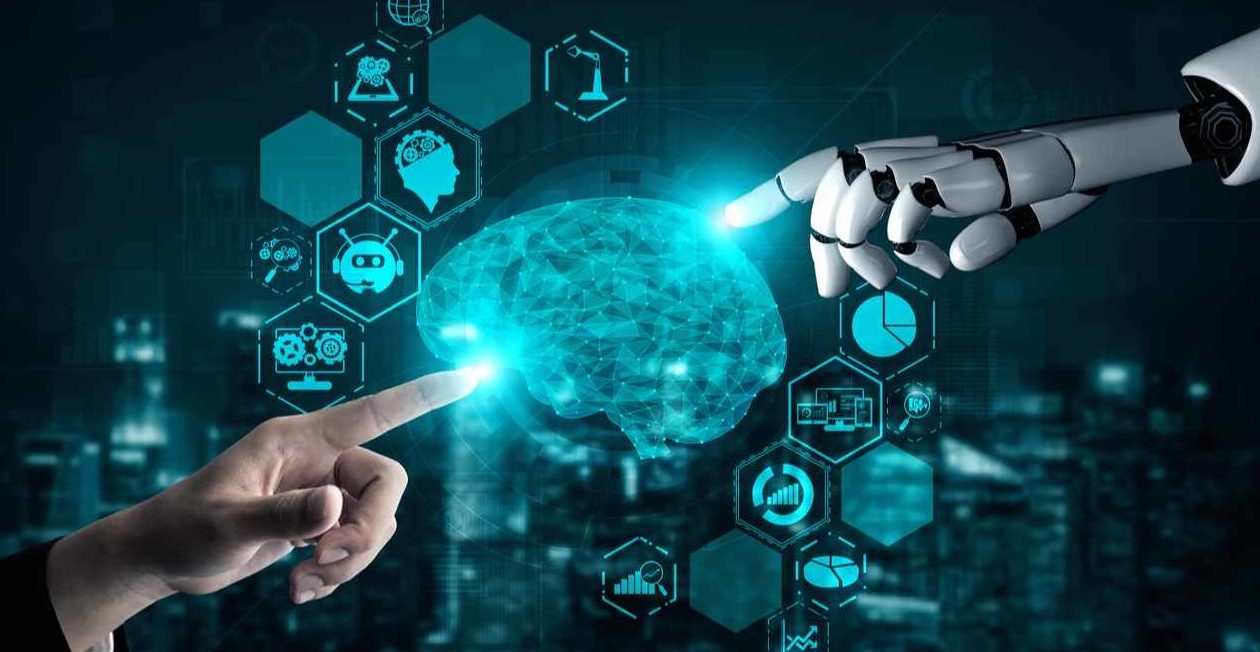
Artificial Intelligence, Machine Learning, Deep Learning: What's the difference?
07 May, 20185 mins
Artificial Intelligence, Machine Learning, Deep Learning: What’s the difference?
According to a survey from accounting software firm Sage, 47 per cent of UK respondents said they had no idea what artificial intelligence (AI) was about and the value it can add to businesses. Add machine learning and deep learning into the mix, coupled with an abundance of AI solutions hitting the market at a rapid rate, and it’s easy to see how such innovations can seem overwhelming.
In this blog post, we examine exactly what AI is, how it differs from machine learning and deep learning and how it can be put into practice to make a positive impact in today’s businesses.
What’s AI?
Put simply, AI is the science of making machines intelligent. It’s when a machine completes tasks based on algorithms that solve problems. An AI algorithm differs from a traditional algorithm in the way in which the rules are created. While conventional algorithms see developers set specific rules that define an output for each type of input the software receives, AI algorithms build out their own rule system. This means that, through AI, it’s possible for computers to complete tasks that used to be entirely dependent on humans.
What’s machine learning?
A subset of AI, machine learning enables machines to learn by themselves using the data provided to make accurate decisions. It entails feeding a lot of data to the algorithm to allow it to learn more about the processed information.
What’s deep learning?
As the name suggests, deep learning takes us deeper. A subset of machine learning and the next evolution of it, algorithms in deep learning are roughly inspired by the information processing patterns that are found in the human brain. In the same way we use our brains to identify patterns and classify various types of information, deep learning algorithms can be taught to accomplish the same tasks for machines. It differs from machine learning as deep learning is able to automatically discover the features to be used for classification, while machine learning requires the features to be provided manually.
How do they all fit together?
The best way to understand how AI, machine learning and deep learning work together is through a real working example, so we’ve chosen town planning:
AI. A system that informs planners of the roads where traffic congestions are occurring. This information helps to plan for traffic lights, repairs and other methods to relieve congestion.
Machine learning. Going a step further so that the system looks for patterns in the data it gathers, whether that’s increased traffic at certain times or bottlenecks at particular sections. This information is then used by planners to not only improve day-to-day issues but plan for future events that might impact traffic.
Deep learning. The next step is going beyond gathering data. This would involve adding algorithms developed by data scientists to dig deeper into the insights derived from the data to automatically predict traffic flow without human input.
The goal for 2019 should be for businesses to develop an understanding of AI and its learning subsets and how they might be able to benefit a business to add real value. It’s crucial that this knowledge goes way beyond defining buzzwords; it needs to be acknowledged in future budget-planning, talent acquisition, growth plans, and return on investment. In other words, it’s time to embrace AI and its many benefits.

